The Canon FD 50mm F1.8 vs. The Konica Hexanon AR F1.7
Fans of ThruMyLens will know that I’ve been on a bit of a vintage camera lens kick this summer. I’ve been having a blast shooting with adapted vintage lenses on my Canon R5 and R6. It began with my picking up a set of Canon FD lenses (have you read my review of the FD 35mm F2?). But the Konica Hexanon line of lenses kept coming up in my research so I picked up the highly revered Hexanon AR F1.7 and was blown away (which you can read my review of HERE). Though I don’t really consider myself a 50mm guy (I’m coming around) and yet somehow I find myself with four different 50mm lenses. This realization made me start wondering which of my 50mm lenses were the better performers. In particular, My Canon FD 50mm F1.8 and my Konica Hexanon AR 50mm F1.7 were quite similar on paper. But which one is better?
A survey of relevant articles online seemed to consistently point to the Konica 50mm being superior to the Canon 50mm in almost any measurable metric. Color rendition, sharpness, bokeh, and even overall build quality seemed to strongly favor the Konica 50mm. Still, I had to see for myself so I set out to do a test shoot comparing the images each lens produced.
METHODOLOGY
My testing methodology wasn’t particularly scientific as I my end goal was to merely satisfy only my own personal curiosity. To that end , I mounted the Konica Hexanon AR 50mm F1.7 on my Canon R5, and the Canon FD 50mm F1.8 on my Canon R6 and set off to do some street photography at golden hour in the quaint old city of Miamisburg, Ohio. In a perfect world I would have used just one camera body and kept going back and forth between the two lenses…but that would have taken a LOT more time. And I own both the R5 and the R6 together because they do produce nearly indistinguishable images. If you’re not familiar enough with the Canon R5 and R6 to know that the differences between the two cameras will have a negligible impact on the results of this test, then you’ll just have to trust me. Each image was taken in approximately the same spot and attempting to make exposure between the two camera/lens combinations the same. The images were shot in camera raw format at the lens’s widest aperture setting, and then resized and saved in .jpg format. No other editing or retouching was performed – these images are essentially straight out of the camera. Each image will be labeled as to which lens was used. I will render my own opinion on each image, but of course you’re more than welcome to form your own conclusions. Here are the test images – click on any photos to see a high-res version:
It’s difficult for me to tell a tremendous difference between these two photos, with the exception that the exposure compensation might be a half step brighter on the Konica version. Vignetting seems a bit more pronounced as well on the Canon version but again that could be attributable to just not getting the exposure perfectly matched. Sharpness and color rendering seem equally matched in both photos. I feel pretty strongly that with some minor exposure correction in Lightroom, these two photos would be nearly indistinguishable from one another. I prefer the Konica version, but I’m not sure that’s due to the lens or operator error.
This photo was taken on a playground next to the river that runs parallel to the city – I shot through a piece of “jungle gym” type playground equipment, focusing on the mural painted building in the background. This provided the opportunity to see sharpness in fore ground, middle ground, and background. To my eye, there were no significant differences in the sharpness (or blur in the case of the fore ground) between these two photos in the various planes of field. The exposure seems reasonable well matched in the two photos – better I think than the previous set. Vignette is present in both photos, again being slightly more pronounced in the Canon photo. I can also see ever so slightly more vibrance in the yellows and oranges of the building in the background on the Canon photo.
It’s possible that this shot was a half stop brighter in the Canon photo – look at the difference in the bench in both photos, the brightness of thw white wall, and the sky. It’s a mall difference, but it’s there. Take that light difference away though, and these two photos are remarkably identical with neither giving up anything to the other in sharpness and color rendering .
I think I really nailed the correct exposure in both versions of this image. And much to my amazement, I can’t really spot much of a qualitative difference between these two photos. Even the vignette is super close. There’s some mixed lighting here, so you can how each lenses handles the darker, shadowy areas. It’s too close to call for my eye.
I’m glad the stoplight changed from red to green in between my taking these photos – that’s about the only way you’d know the photos were different. I really like the background blur present in both these photos. Nice round and smooth soap bubbles are present in both versions. But again…color, contrast, and sharpness are just too close to call here.
CONCLUSIONS
Firstly, let me emphatically state that both of these lenses produce extremely high-quality images. The term “punches above their weight class” comes immediately to mind. At the time of this writing, both of these lenses can be readily acquired for between $40 and $50. Pair either with a $30 adapter, and you can produce jaw-dropping results with either lens. I can’t imagine anyone being disappointed with either lens.
All that said, I can’t say I see a clear winner in this comparison. I expected to see stand out differences in favor of the Konica Hexanon, particularly in sharpness and color rendering. But the Canon FD really did produce quite comparable and equally impressive results. Even the vignette produced by these lenses was pretty darn comparable and flaring seemed equally and surprisingly well controlled. Both have bokeh balls that are almost perfect soap bubbles, which is great. I pixel peeped the heck out of these photos multiple times over two days on my iPad looking for any hint of an image that was softer than the other, or differences in dynamic range, or color saturation…but…nada.
Assuming I don’t just have some super duper great example of a Canon FD 50mm F1.8, I’d have to conclude that Canon FD lenses (and this 50mm 1.8 in particular) are perhaps underrated. If you read my review of the FD 35mm F2, then you know I did a few shot comparisons with the near legendary Sigma Art 35mm F1.4…and preferred the Canon FD. Which, like this comparison, was also a surprise.
The Konica does edge out the Canon in build quality with more metal components. And I think many collectors/enthusiasts will prefer the Konica for that reason. From a usability standpoint, I think both lenses have very smooth turning focus rings with hydrophilic like resistance – slightly more so in the Konica. The aperture ring on both lenses clicks but the Canon lens has more aperture settings . The Konica goes straight from F 1.7 to 2.8, and then to 4. The Canon has stops between 1.8 and 2.8, and again between 2.8 and 4. Probably not a big deal as most will, I think, want to shoot both these lenses wide open 95% of the time. All in all, there were no losers in this comparison – just the winners who own either lens.

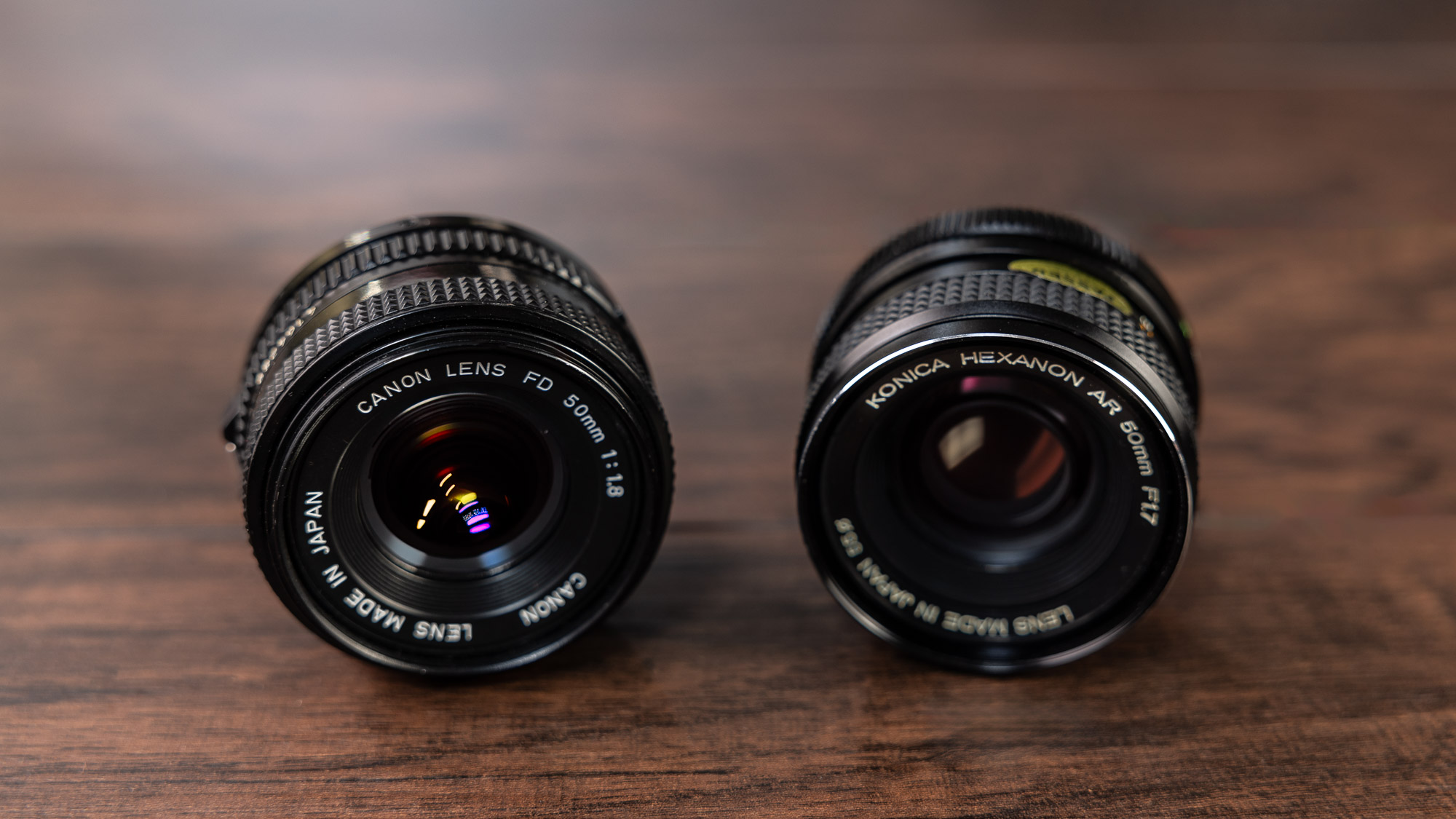
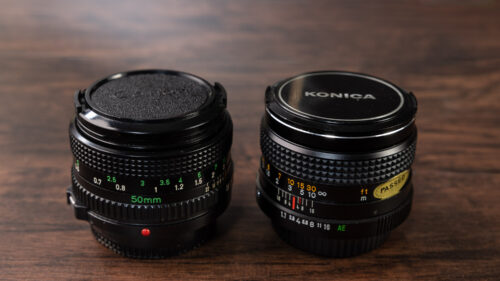
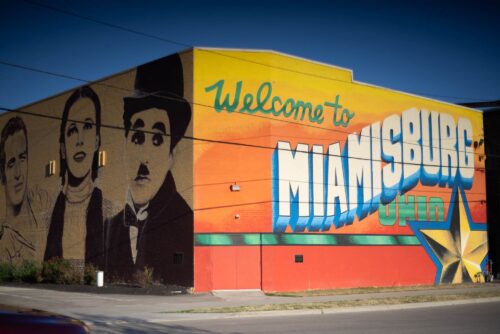

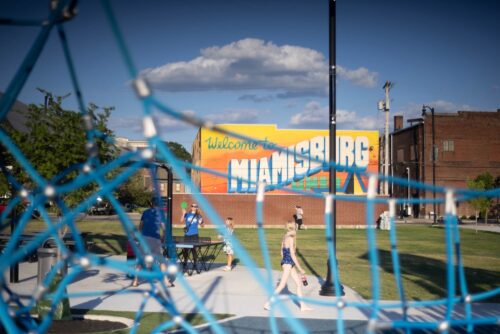
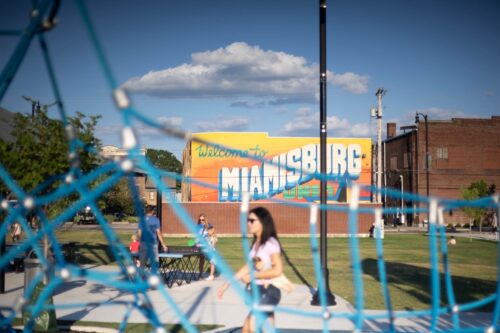
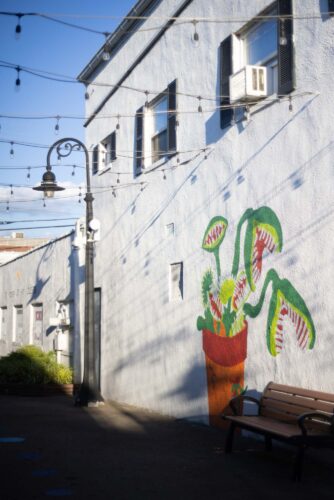
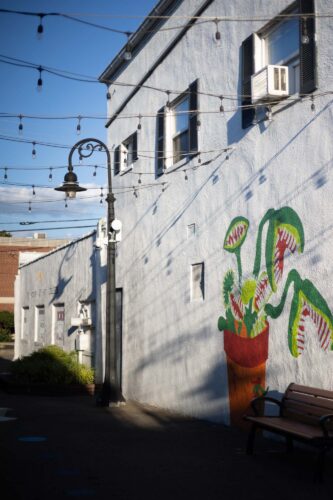
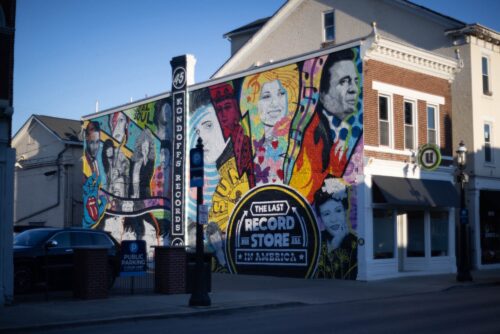
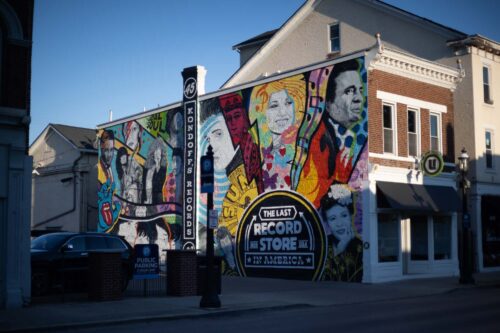
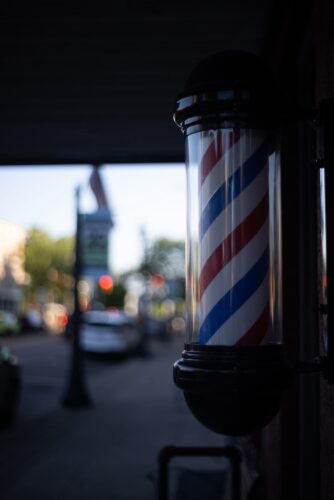
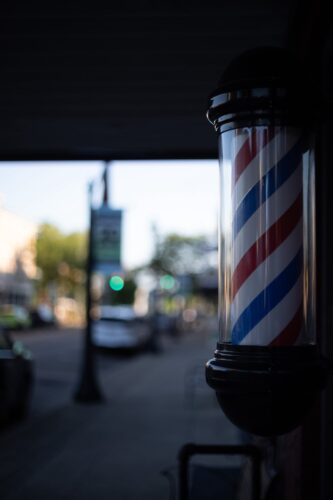
0 Comments